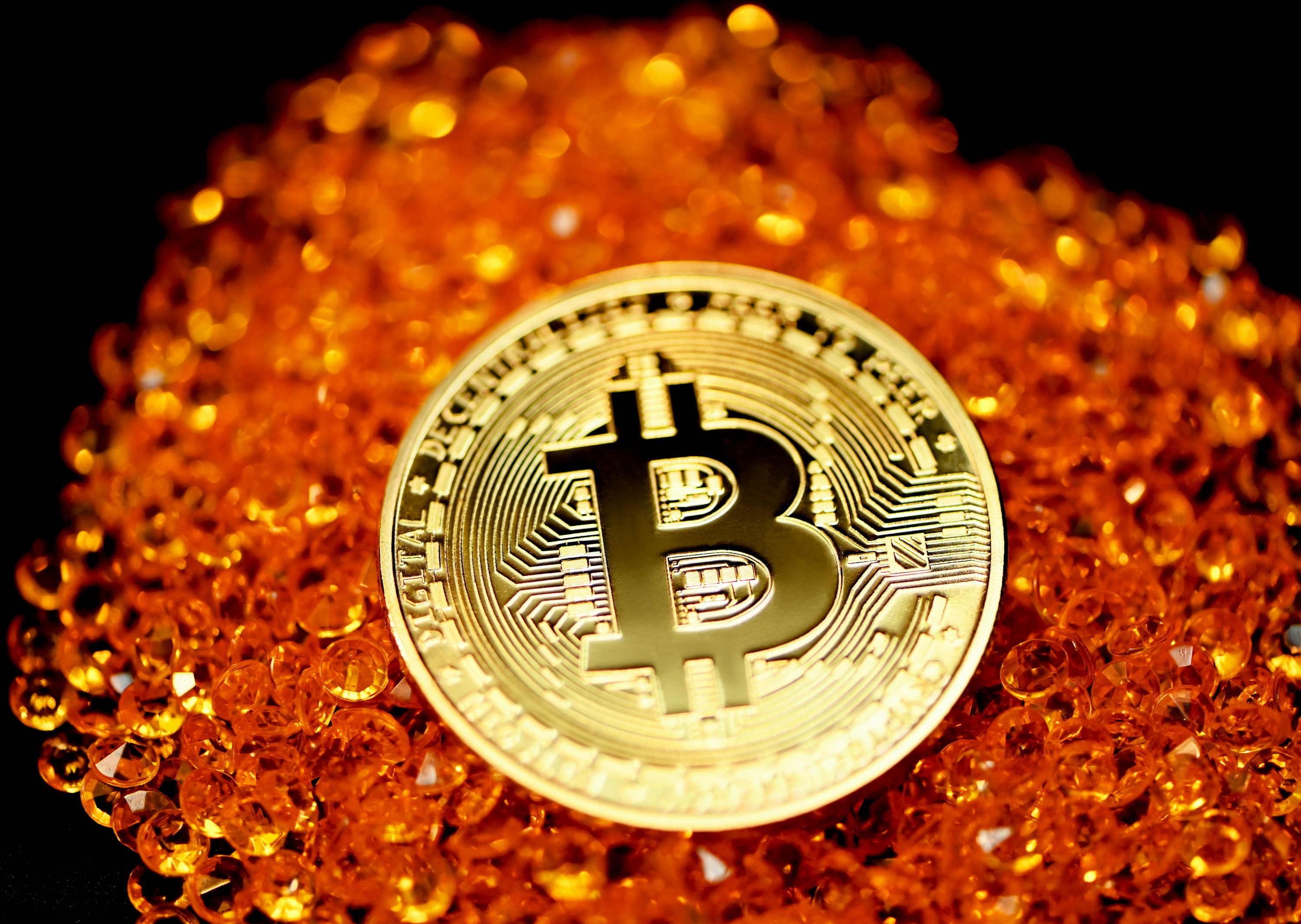Describing himself as “closet optimistic that we’re going to see improvement” on the inflation front, Goolsbee said in a CNBC interview on Monday that he is hopeful that the central bank is going to get “a little bit more confidence that on the inflation side” pressures are coming down after being higher than expected at the start of the years.
While Goolsbee declined to say anything about the timing of rate cuts, he said policymakers do need to consider whether the high level of the Fed’s short-term rate target, now at between 5.25% and 5.5%, is appropriate for an economy that’s starting to show signs of cooling outside of inflation.
Very tight monetary policy has been in place because “you’re trying to guard against overheating,” Goolsbee explained.
“If unemployment claims are going up, the unemployment rate is inching up, many of the other measures have cooled down to something like what they were before the pandemic and you start to see weakness on consumer spending,” Goolsbee said at that point the Fed needs to think more about balancing both sides of its inflation and employment mandates. That’s because, “if you’re going to be extra restrictive for too long, you’re going to have to start worrying about what’s happening to the real economy” and whether that policy setting is slowing the economy down too much. At the Fed’s policy meeting earlier this month officials penciled in a single rate cut for the year, versus three in March forecasts. Markets are currently eying a September easing in the fed funds rate.













